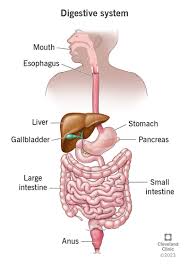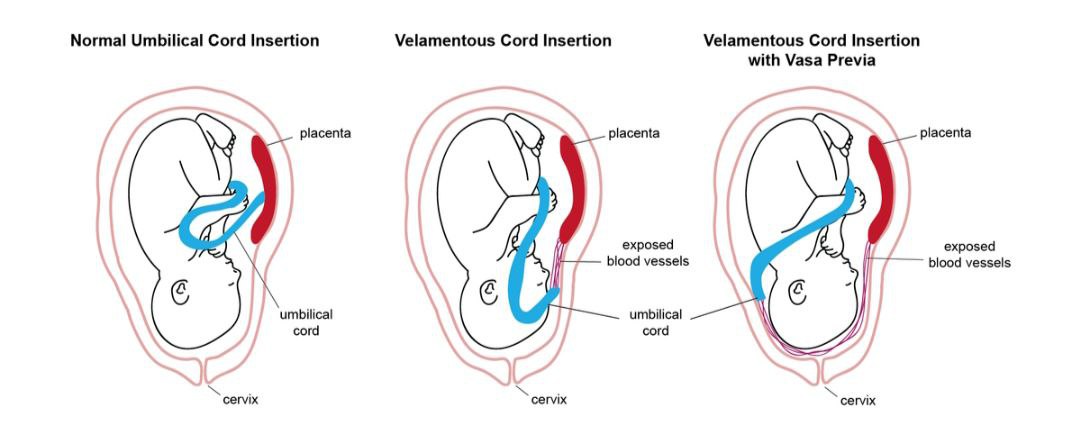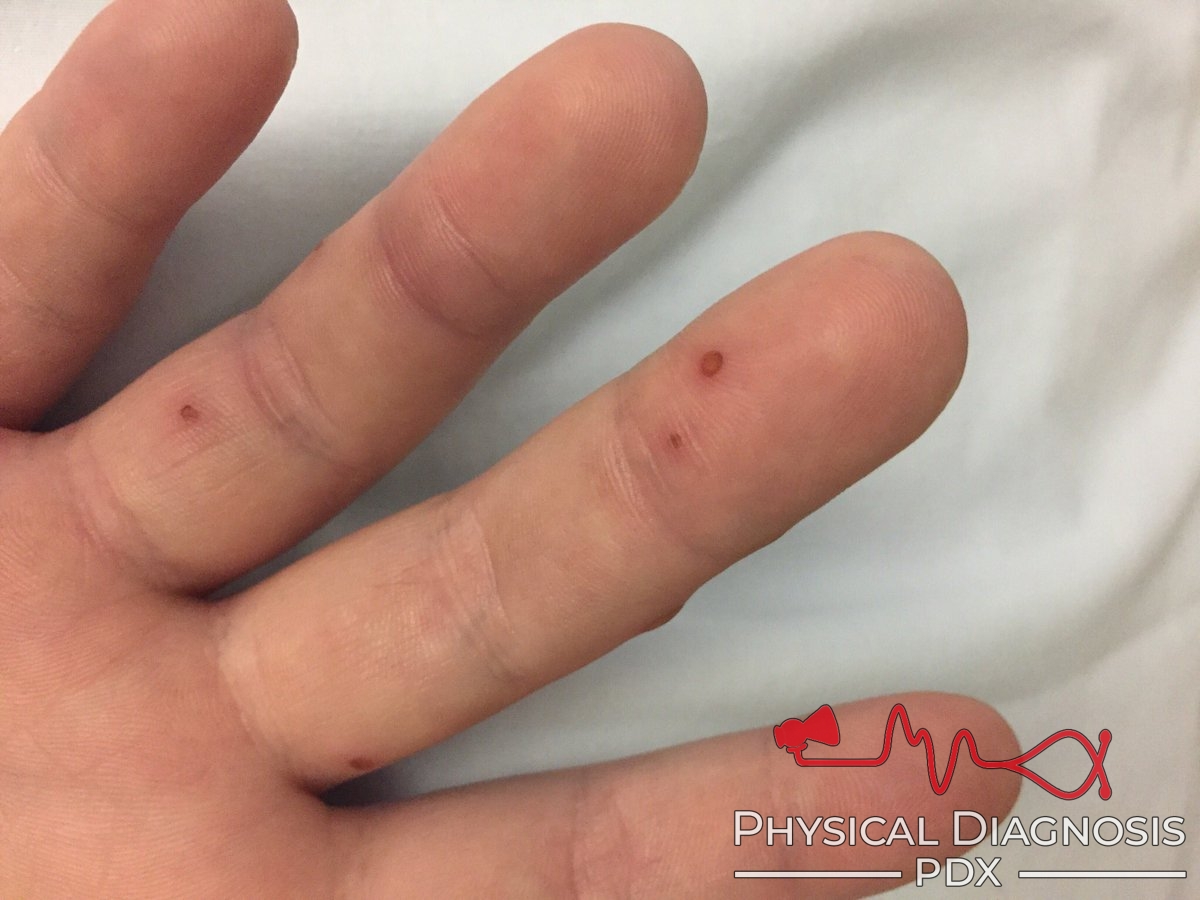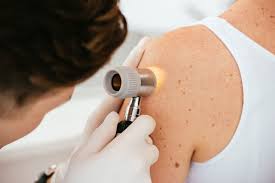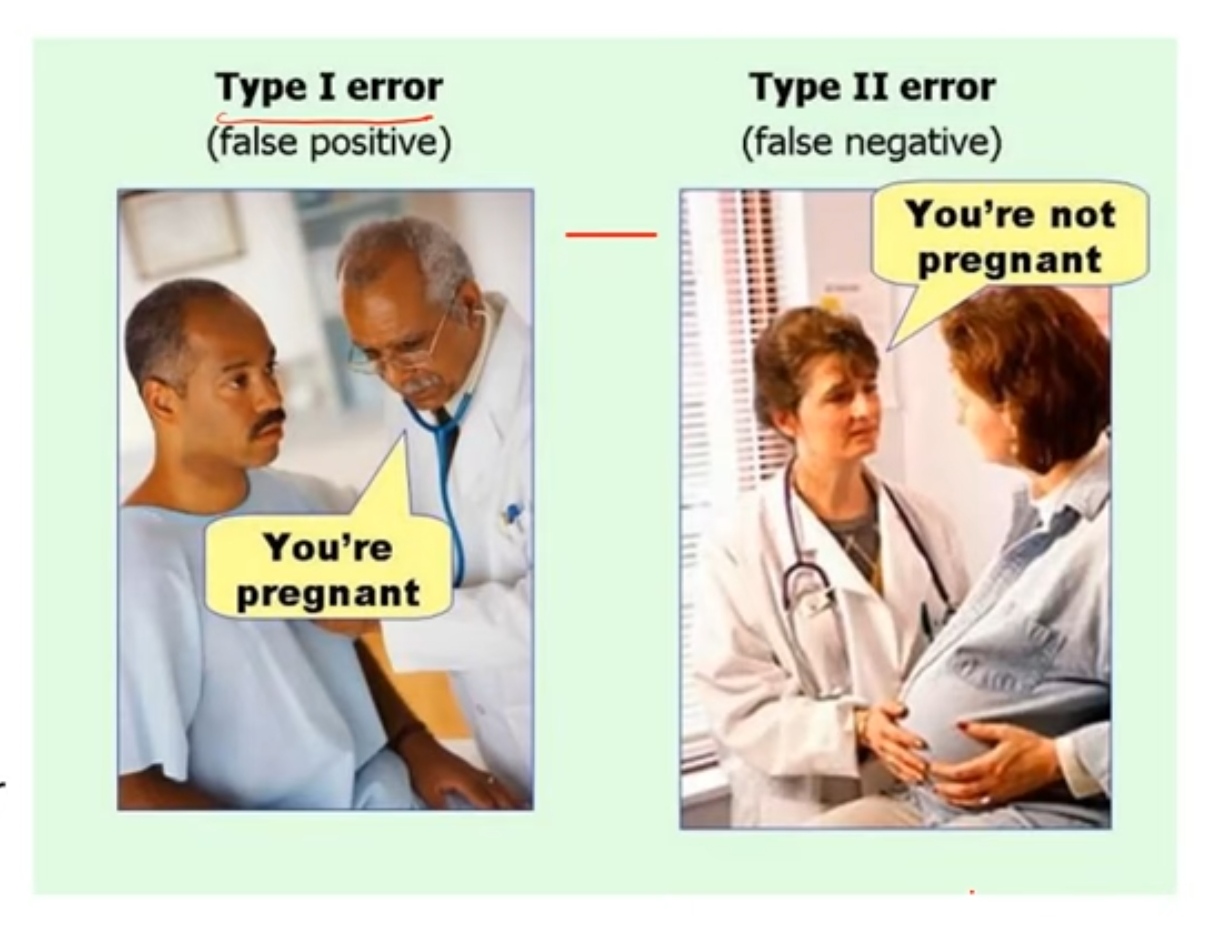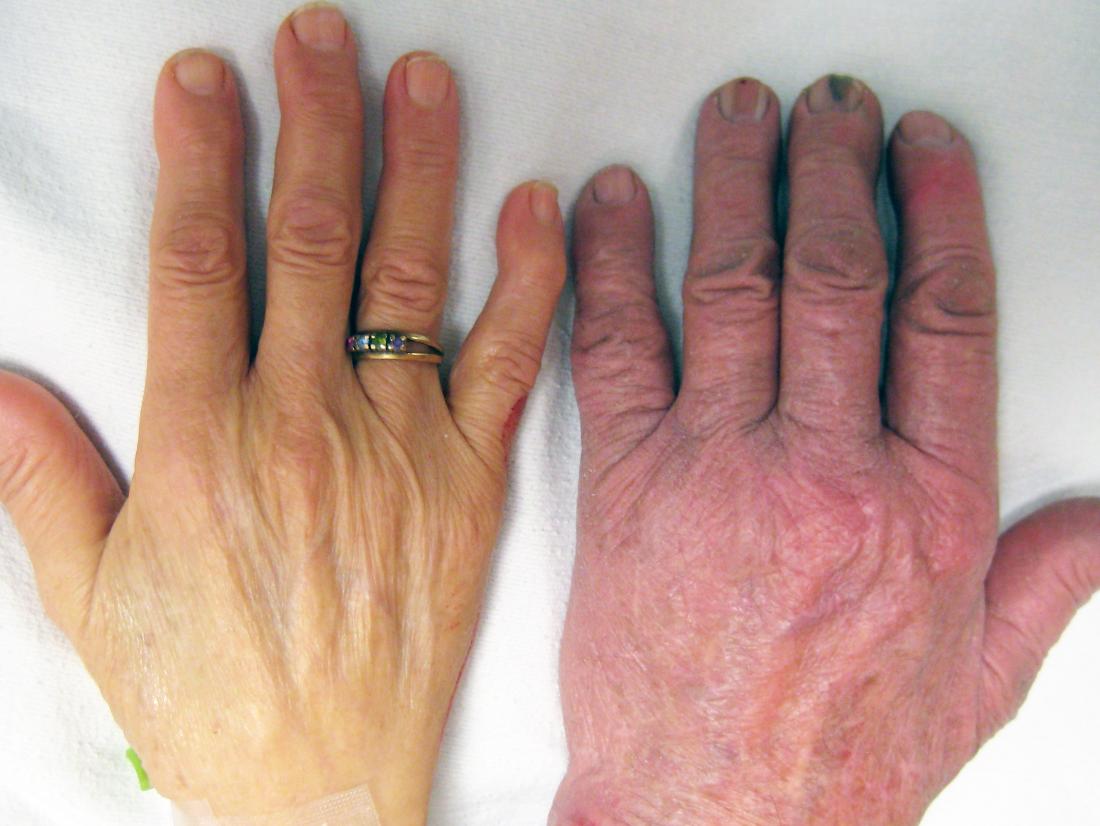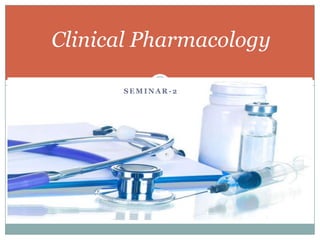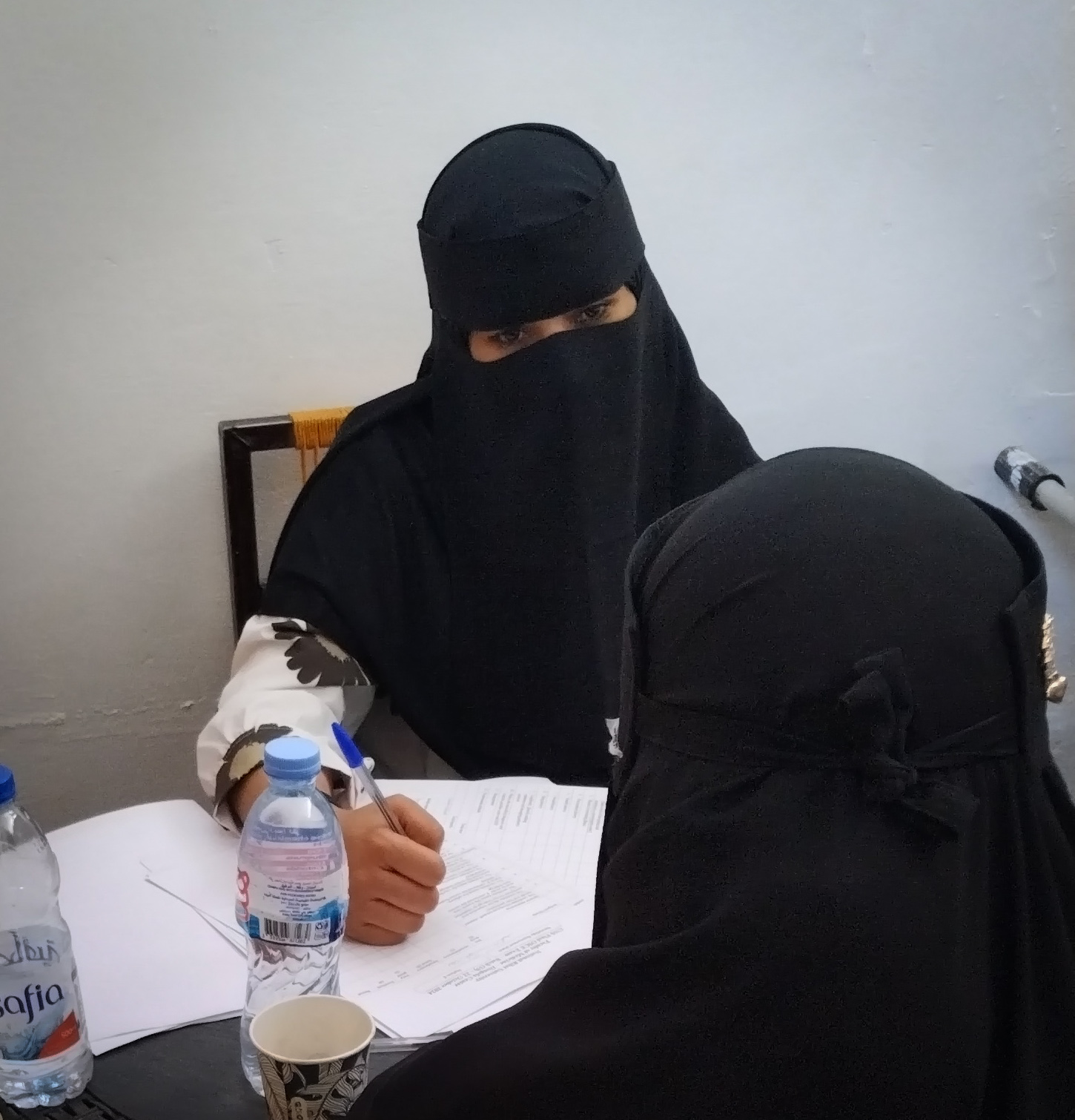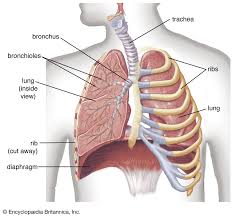File
This course intends to study the main communicable and non-communicable diseases. Study of this course will provide students with important concepts about epidemiology, investigation, management, control and prevention of these diseases at different community settings.
6. Learning Objectives:
By the end of this course the students should be able to:
1. Describe the epidemiology of common communicable diseases and non-communicable diseases.
2. Describe the steps involved in investigating an epidemic of communicable diseases.
3. Plan and investigate an epidemic of a communicable disease in a hospital/ community setting, and institute control measures.
4. Describe the immunization schedule and side effects of the immunizing agents and child immunization.
5. Describe the cold chain and the importance of maintaining the cold chain.
6. List the internationally notifiable diseases and discuss the regulations covering international travel by sea and air and vaccination certificates required.
7. Recognise and discuss the general measures for communicable diseases control: diagnosis, notification, isolation and quarantine, investigation of cases, contract and carriers and disease surveillance.
8. Give an account of, functions of the WHO and its related bodies and regional offices, international classification of diseases, and public health laws.
9. Discuss the life cycle, pathogenicity, pathology, immunology, clinical picture, chemotherapy and chemoprophylaxis, epidemiology and the status of the following diseases in the Sudan: malaria, schistosomiasis, leishmaniasis, filariasis, helminths, amoebiasis and giardiasis, hydatid disease, salmonellosis, meningitis, viral hepatitis, haemorrhagic fevers and arboviruses, yellow fever.
10. List the viral bacterial and parasitic agents causing diarrhoea and discuss the pathophysiology, clinical manifestations, management oral rehydration therapy and control of diarrhoea diseases.
11. Discuss the aetiology, transmission, clinical manifestations diagnosis and control of viral hepatitis.
12. Given an account of the important haemorrhagic fevers and discuss the epidemiology and Arboviruses.
13. Discuss the pathology, clinical picture, epidemiology and control of yellow fever.
14. Define the term zoonosis; list the common zoonotic infections in the Sudan and methods of their control.
15. Discuss the aetiology, pathology, clinical picture and diagnosis of rabies in man and animals and methods of control of rabies.
16. Discuss the aetiology, pathology clinical picture and diagnosis of AIDS in man and animals and methods of control of AIDS.
17. Discuss the pathogenicity and transmission of tetanus in adults and neonates, and management of tetanus, including active and passive immunisation.
18. Discuss the epidemiology, pathology clinical picture, management and control of plague and relapsing fever, with special reference to epidemics that occurred in the Sudan.
19. List the common etiologic agents of Madura in the Sudan mode of infection epidemiology, clinical picture, histopathology diagnosis and management of different types of Madura.
20. Discuss the pathology of tuberculosis in children and adults the value of Mantoux test and BCG vaccination, the clinical picture chemotherapy, epidemiology and control of tuberculosis.
21. Discuss the pathophysiology of fever, clinical types of fever nursing of the febrile patient, different diagnosis and laboratory investigation of pyrexia.
22. Identify the pathophysiology, clinical presentation, epidemiology and control of scorpion stings and snakebites.
- Teacher: Amira Hassan AbdAlahman Arman
